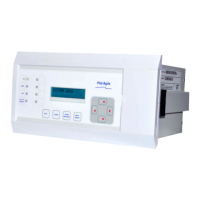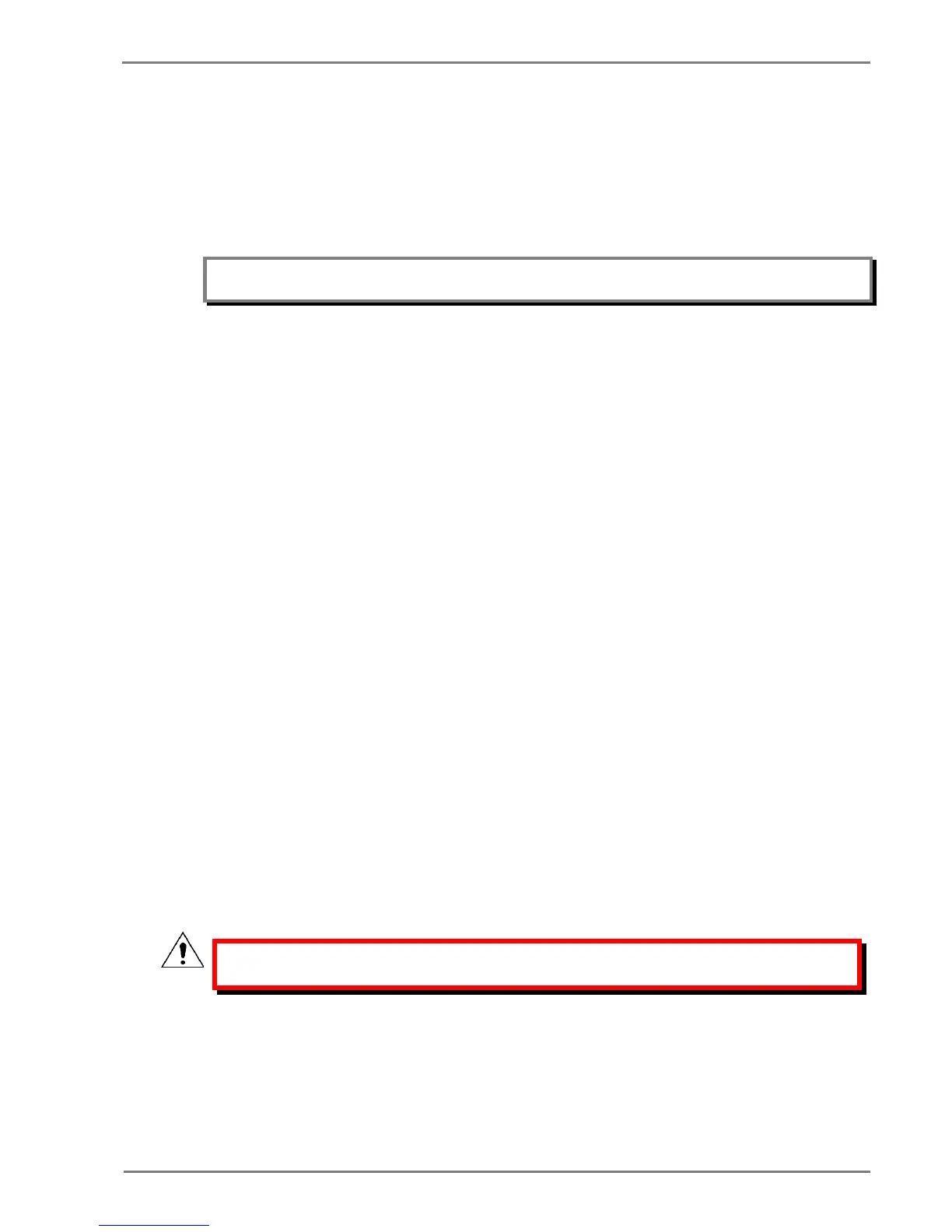2.1.6 Opto Output status check
The Opto O/P cell under SYSTEM DATA menu can be used to monitor the status of the relay outputs.
The cell is a binary string that displays the status of the relay outputs where '1' means energised and
'0' means de-energised. The cell indicates the status of the output relays when the IED is in service.
You can check for relay damage by comparing the status of the output contacts with their associated
bits.
Note: When the Test Mode cell is set to Contacts Blocked, the relay output status indicates which contacts
operate if the IED is in-service. It does not show the status of the output relays, as they are blocked.
2.1.7 Commissioning Test Equipment Required
At the time of commissioning the P253 the following test equipment is required as a minimum:
• Current injection test kit
• Multimeter with suitable AC current range and DC voltage range
• Timer with precision 1 ms
• Required auxiliary supply
• Connecting wire, as per required length extension board
• A portable PC, installed with appropriate software (P50 Agile Configurator)
2.1.8 Battery Check
If the relay is losing its time or date settings, or you are receiving an RTC Error message, you will need
to check the internal battery. To check, follow the steps listed below:
• Remove all the electrical connection (like SCADA system, current inputs, voltage inputs, etc.)
from the relay terminals.
• Reconfigure date and time setting by using the feather touch keys.
• After re-configuring the date and time, switch OFF the relay for some time by disconnecting the
auxiliary supply.
• Switch the relay ON to check the date and time. If you are still receiving the RTC Error
message, replace the lithium coin battery. (Refer to the instructions in the Maintenance and
Troubleshooting chapter)
2.1.9 External Circuitry Check
Check the relay wiring on the back terminal of relay against the appropriate wiring diagram:
• CT secondary must be connected to the relay 1A or 5A. All CT wiring screws should be properly
tightened.
Warning: An open circuit of the CT secondary wiring can cause high voltage which
may be lethal and could damage insulation.
• The external supply can be wired to the relay auxiliary supply terminals with proper polarity
marking. See the terminal sticker at the top of the relay for more information. The supply range
is mentioned under the front flap covering the USB port connection. Make sure that the auxiliary
supply is in range before energizing the relay.

